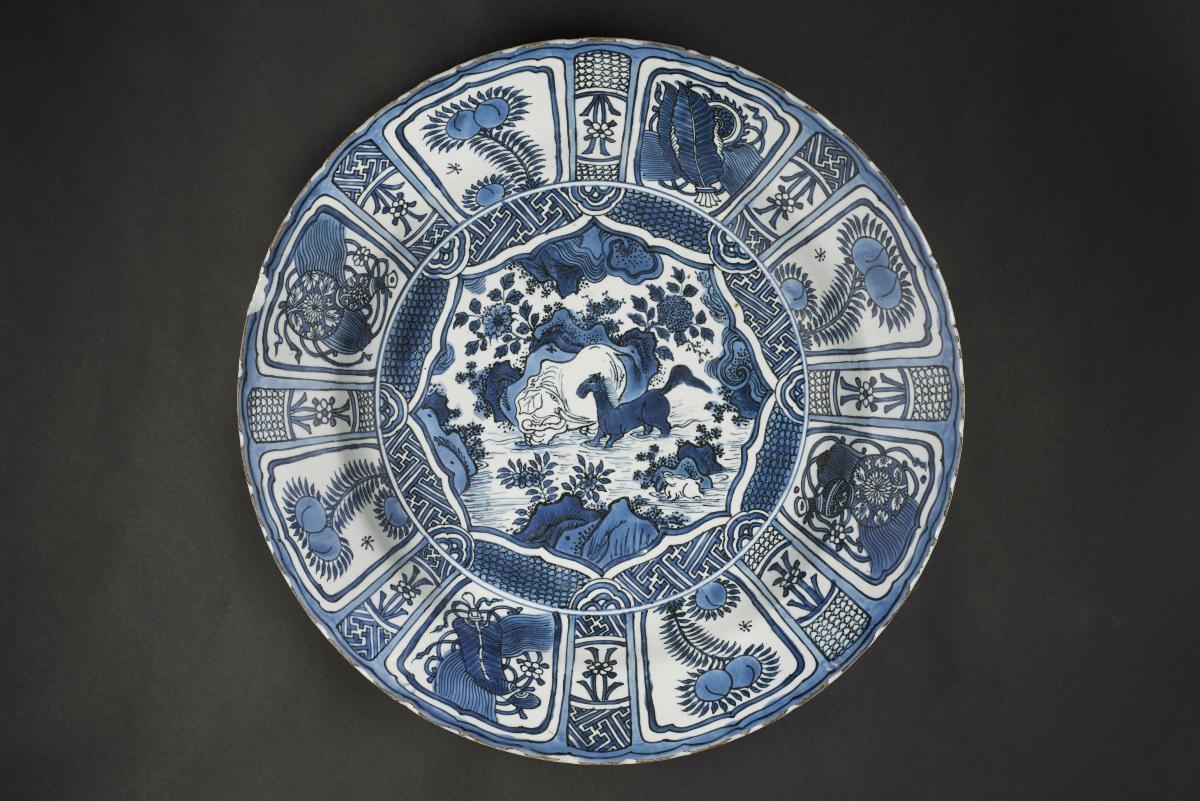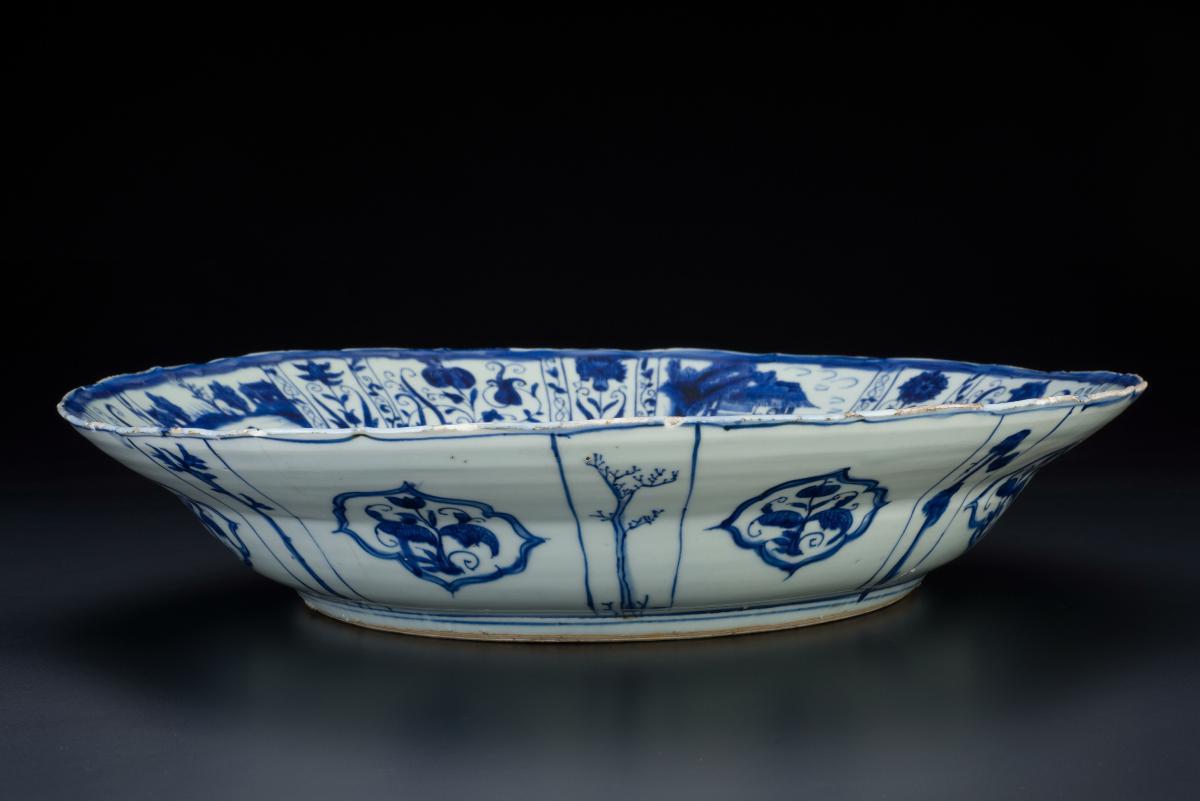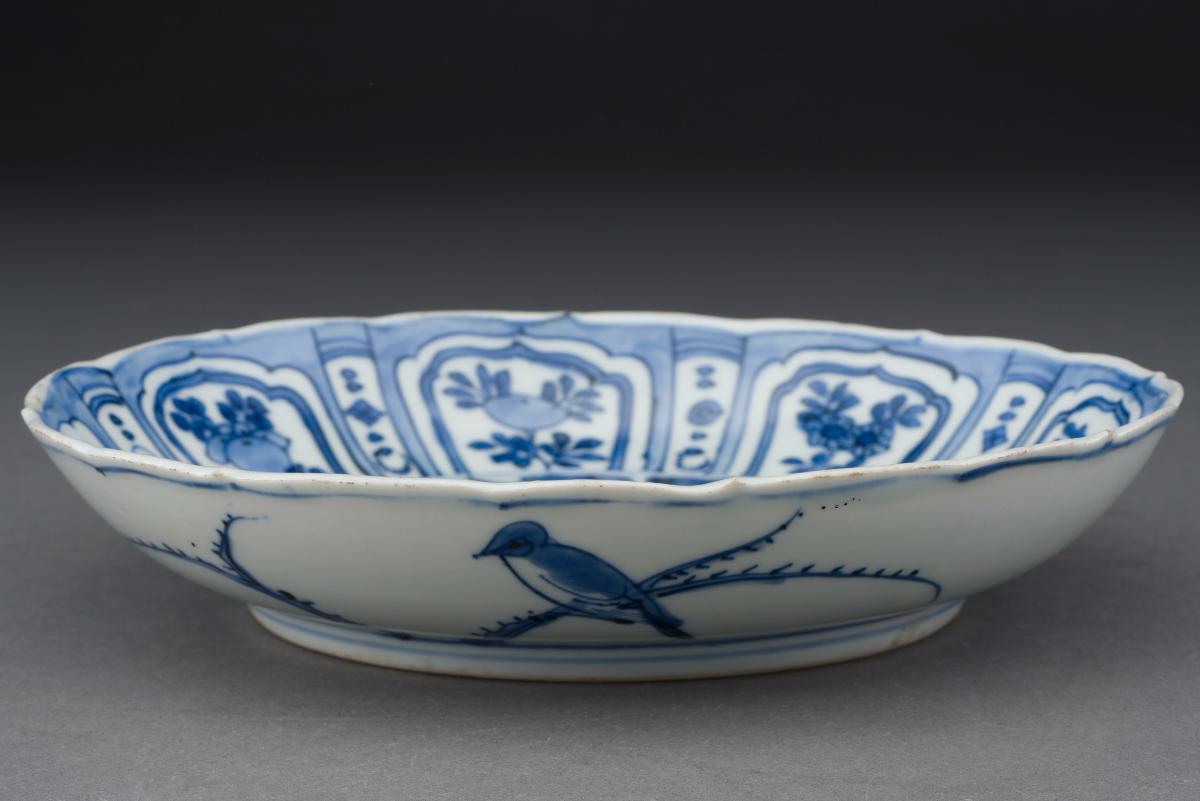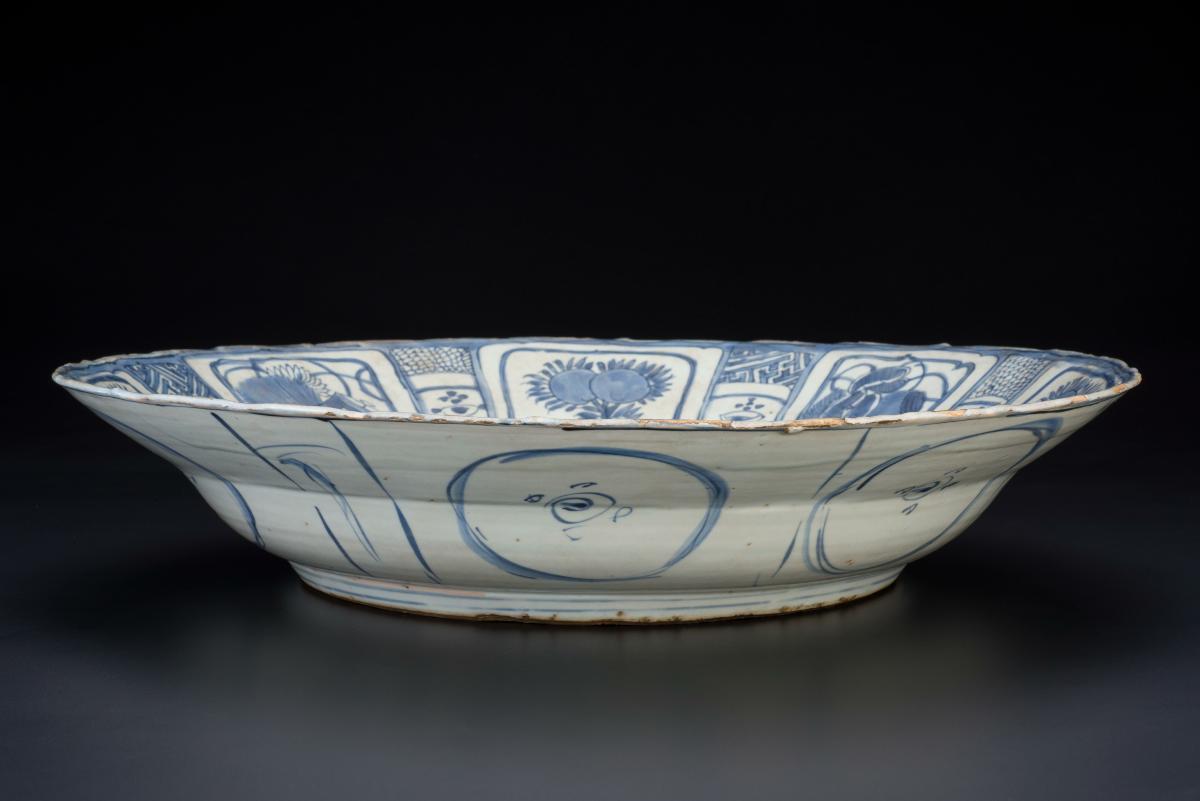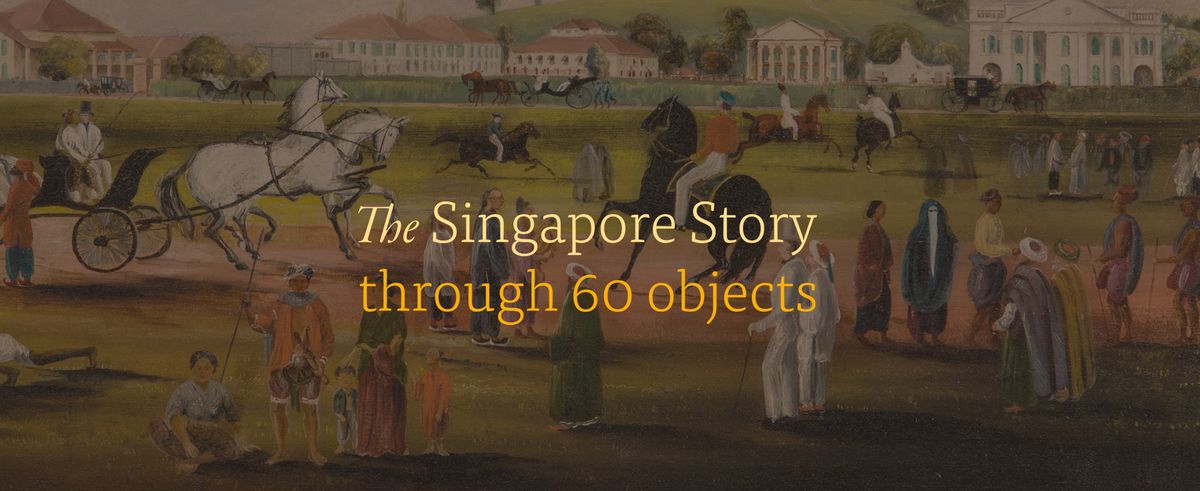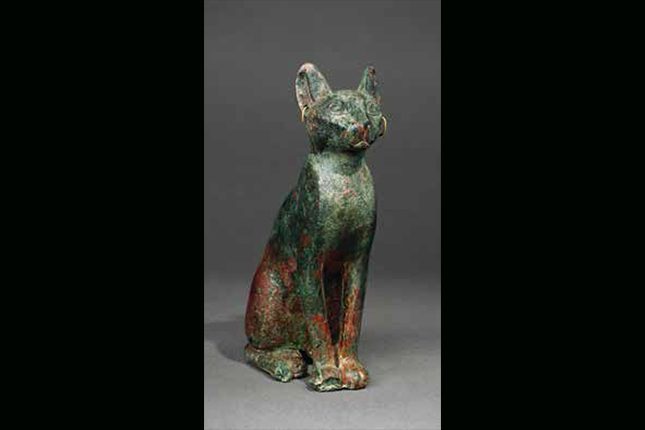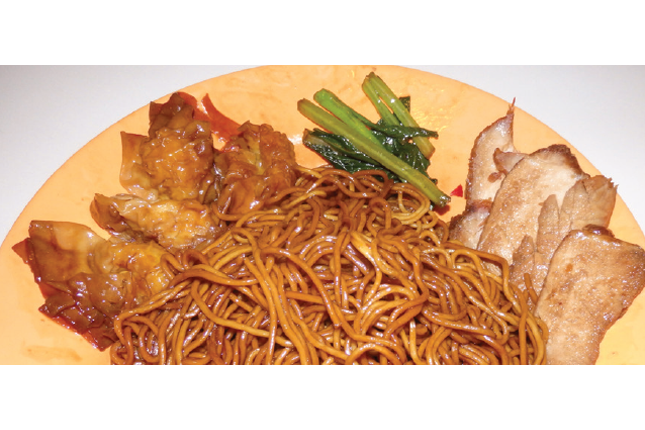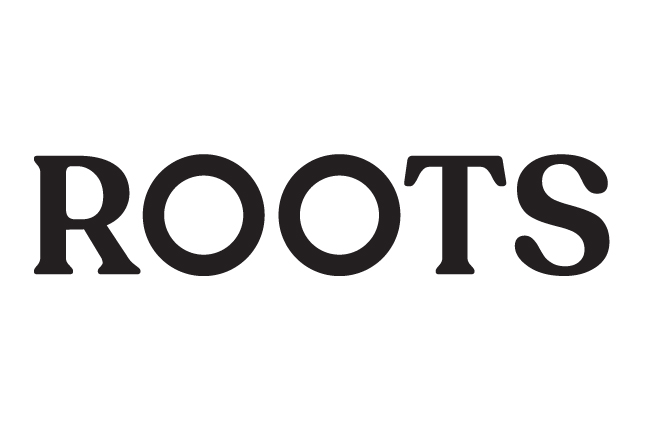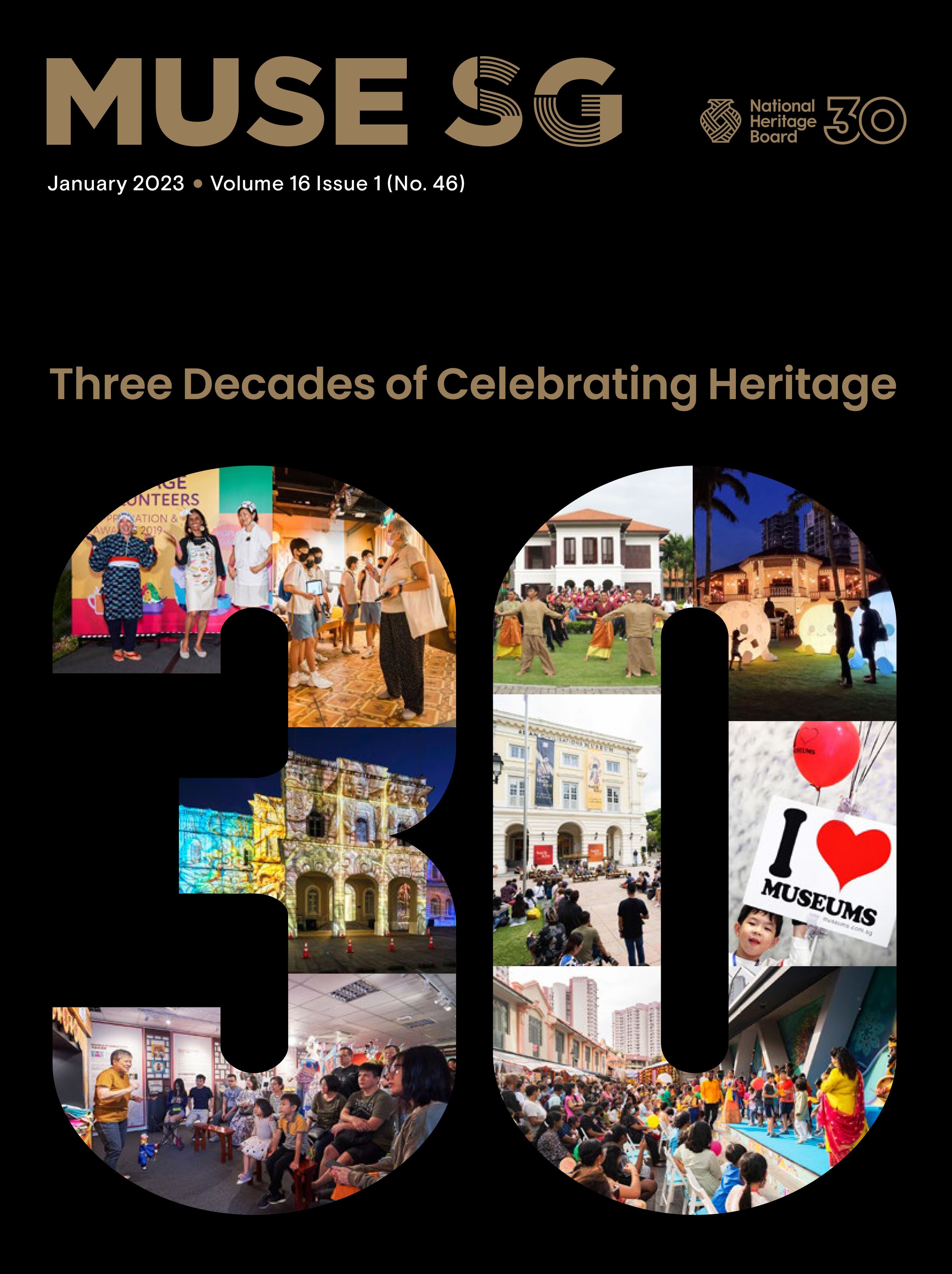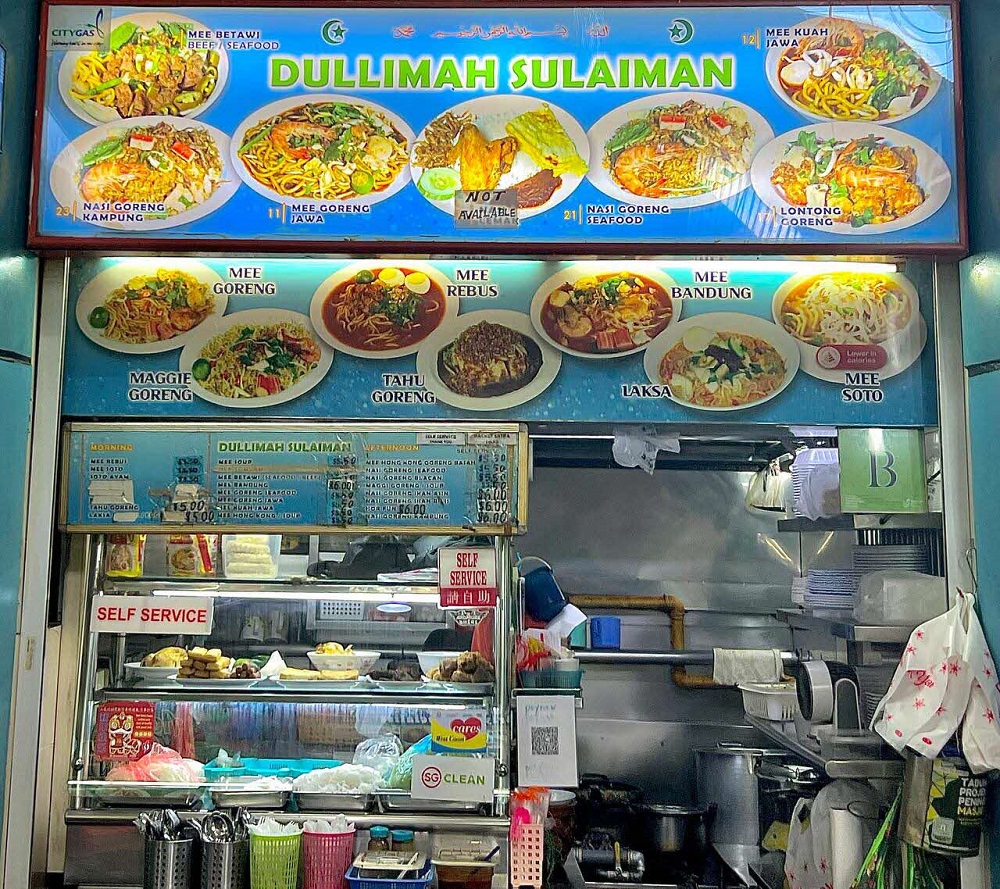This large dish features a central scene depicting the Buddhist parable of ‘Three Animals Crossing a River’ (sanshou duhe三兽渡河). It compares the three animals to the three different “vehicles” or paths to Buddhahood, and the corresponding categories of enlightened beings. The rabbit which only dips its feet and reaches shallow waters is a metaphor for the sravaka, the “hearer” or direct disciple of Buddha. The horse, able to reach deeper waters but wavering against the currents at times, represents the pratyekabuddha, a “solitary Buddha” who does not teach the Dharma to others. The ideal is represented by the elephant which has the surest footing in the river and is a metaphor for the bodhisattva (pusa 菩萨), who is compassionate and teaches the path to liberation to others. Kraak ware, which is distinguished by panelled decoration, was one of the main types of Chinese porcelain exported globally in large quantities during the late Ming dynasty. The name ‘Kraak’ is generally thought to derive from ‘caracca’, a type of Portuguese trading ship which was called ‘kraken’ in Dutch, or perhaps from the Dutch word ‘kraken’ which means to break easily. The unusual Buddhist iconography featured on this piece suggests it may have been originally intended for a Japanese or Southeast Asian destination, which had a larger proportion of consumers who were Buddhists (compared to other markets).




